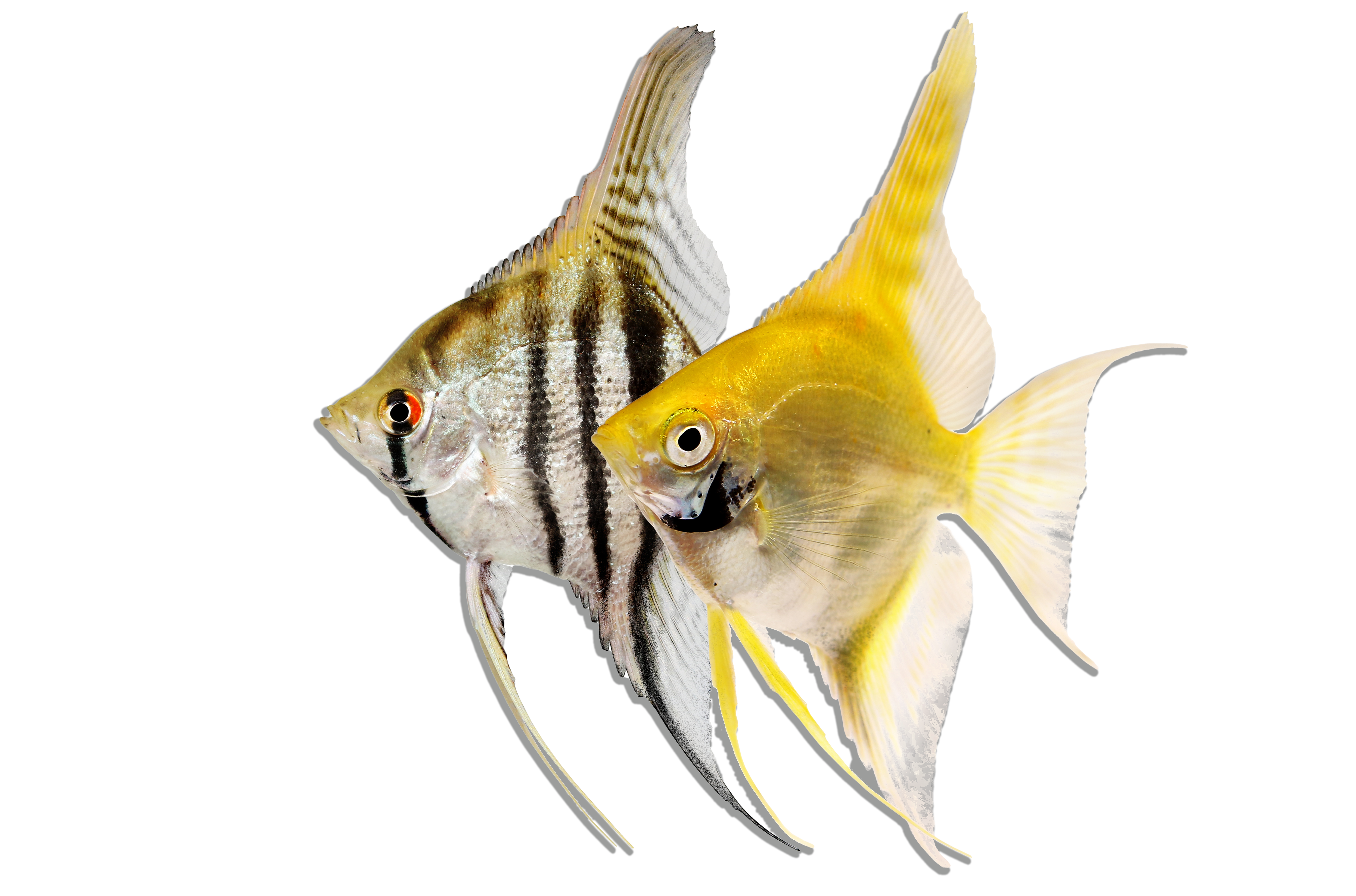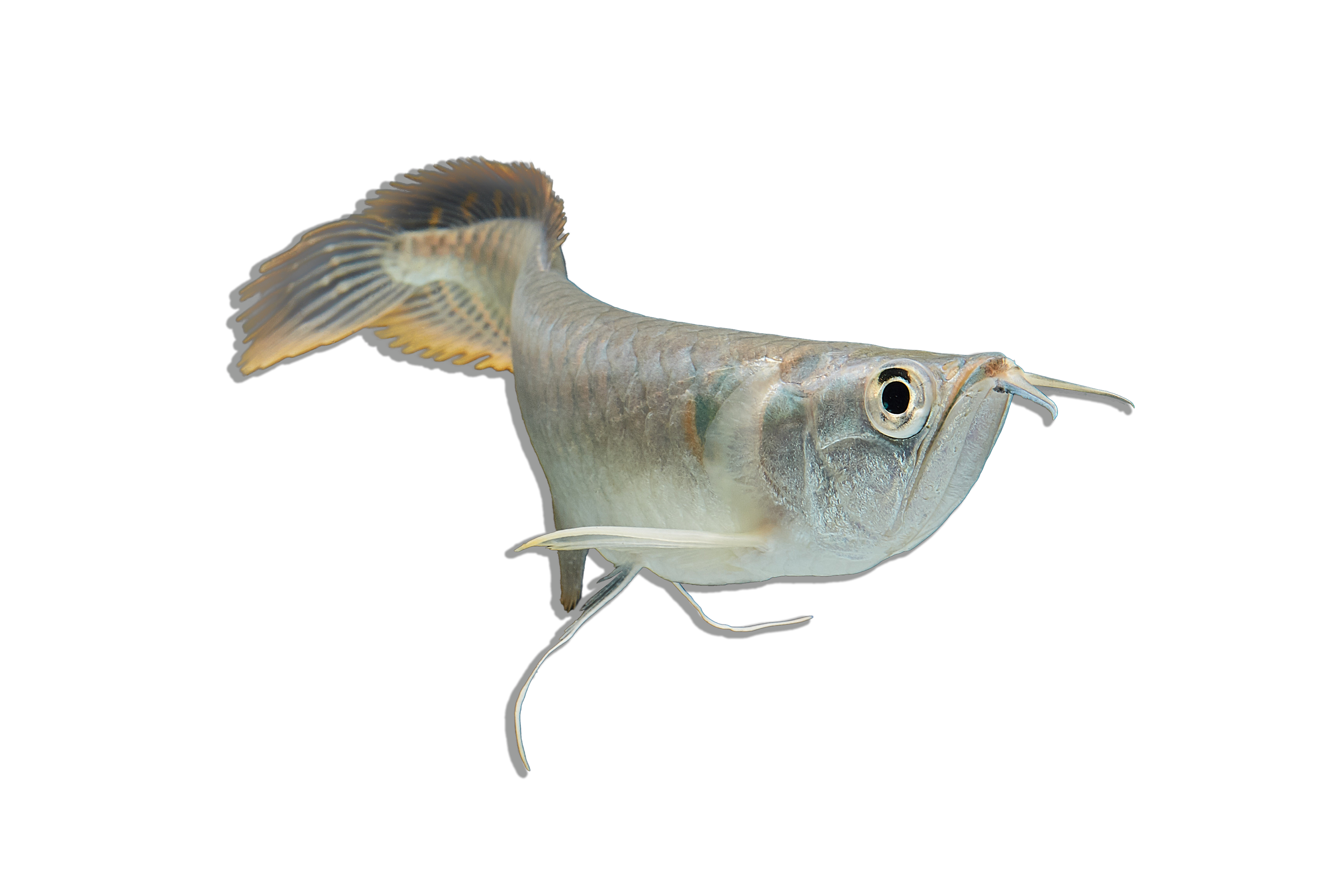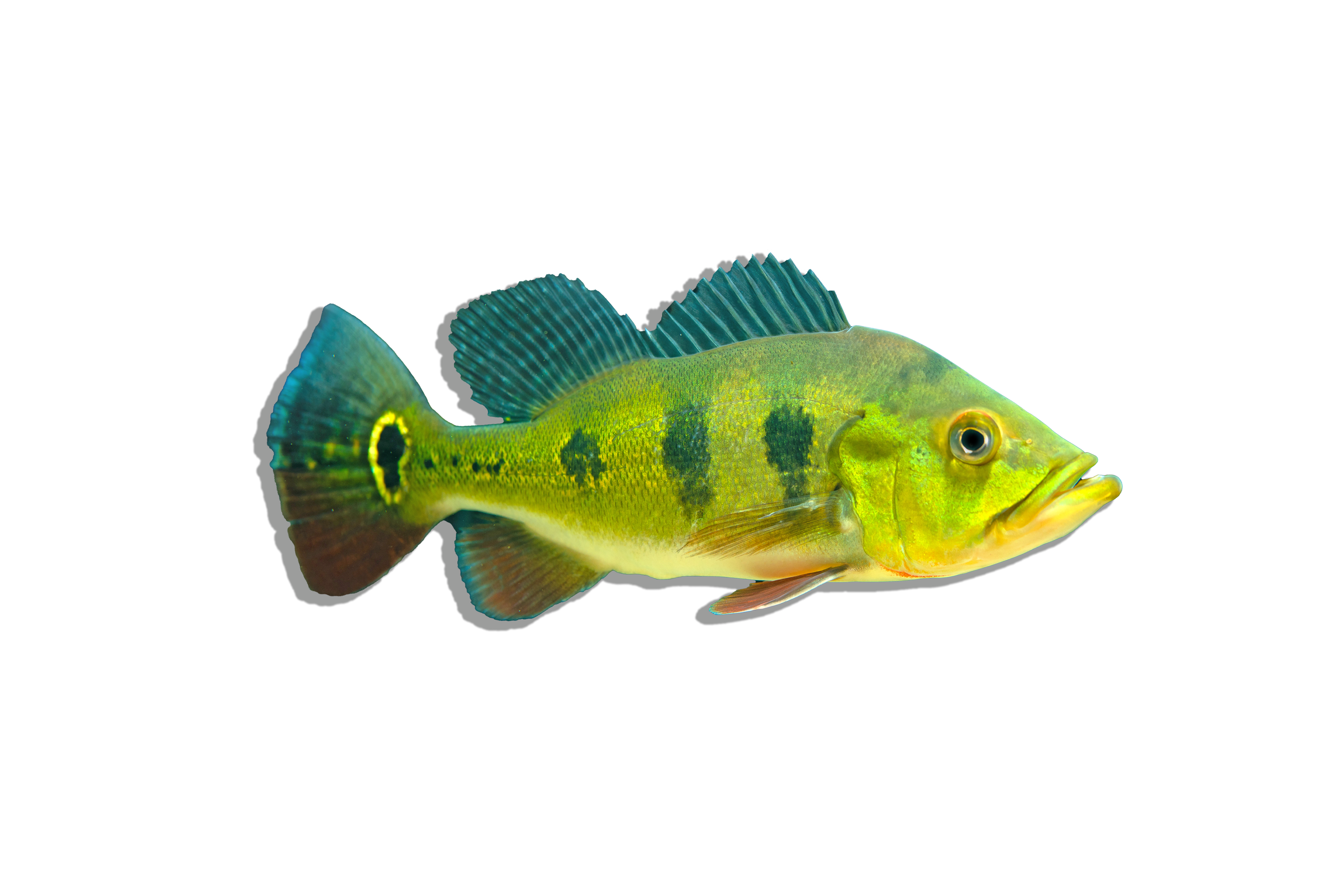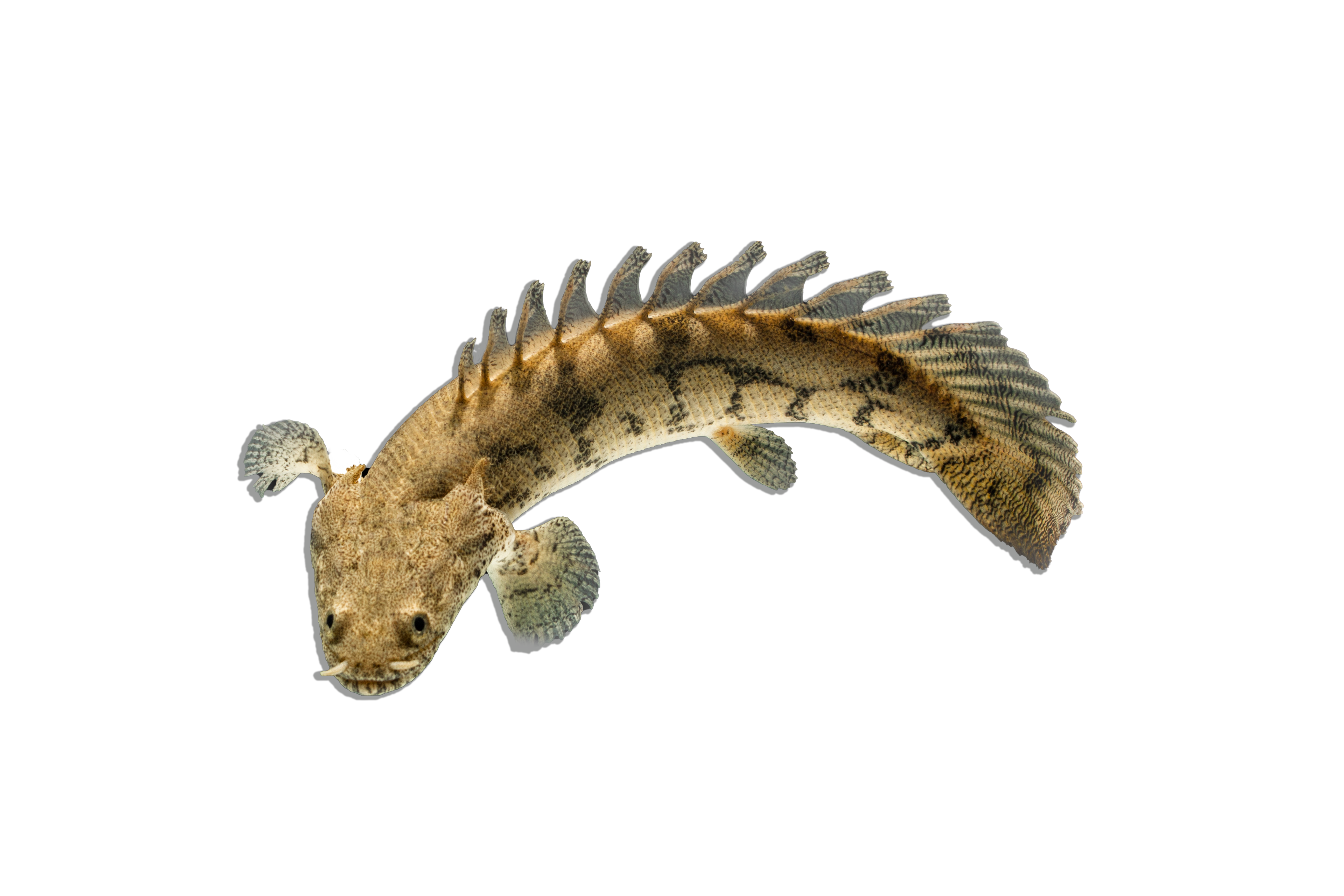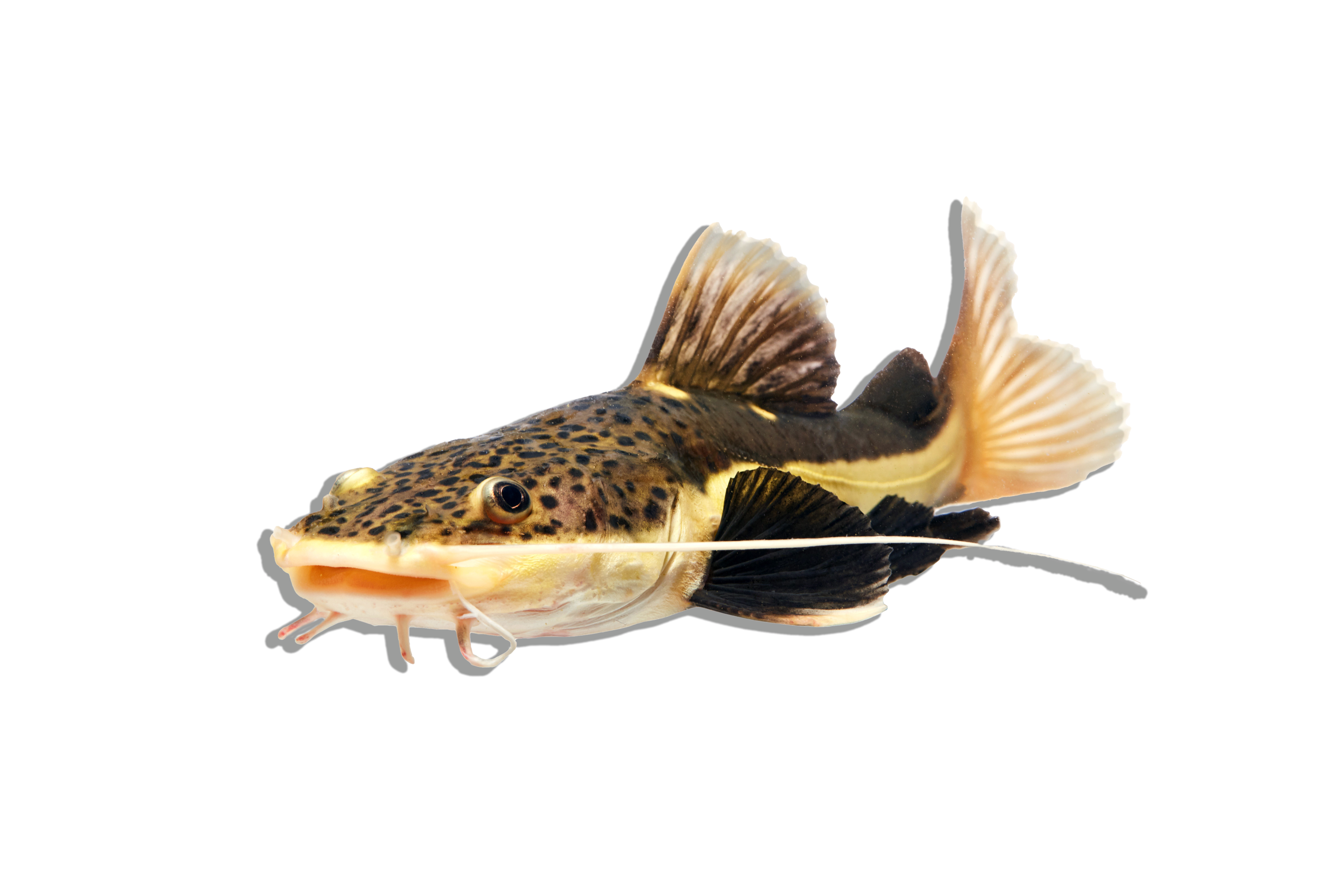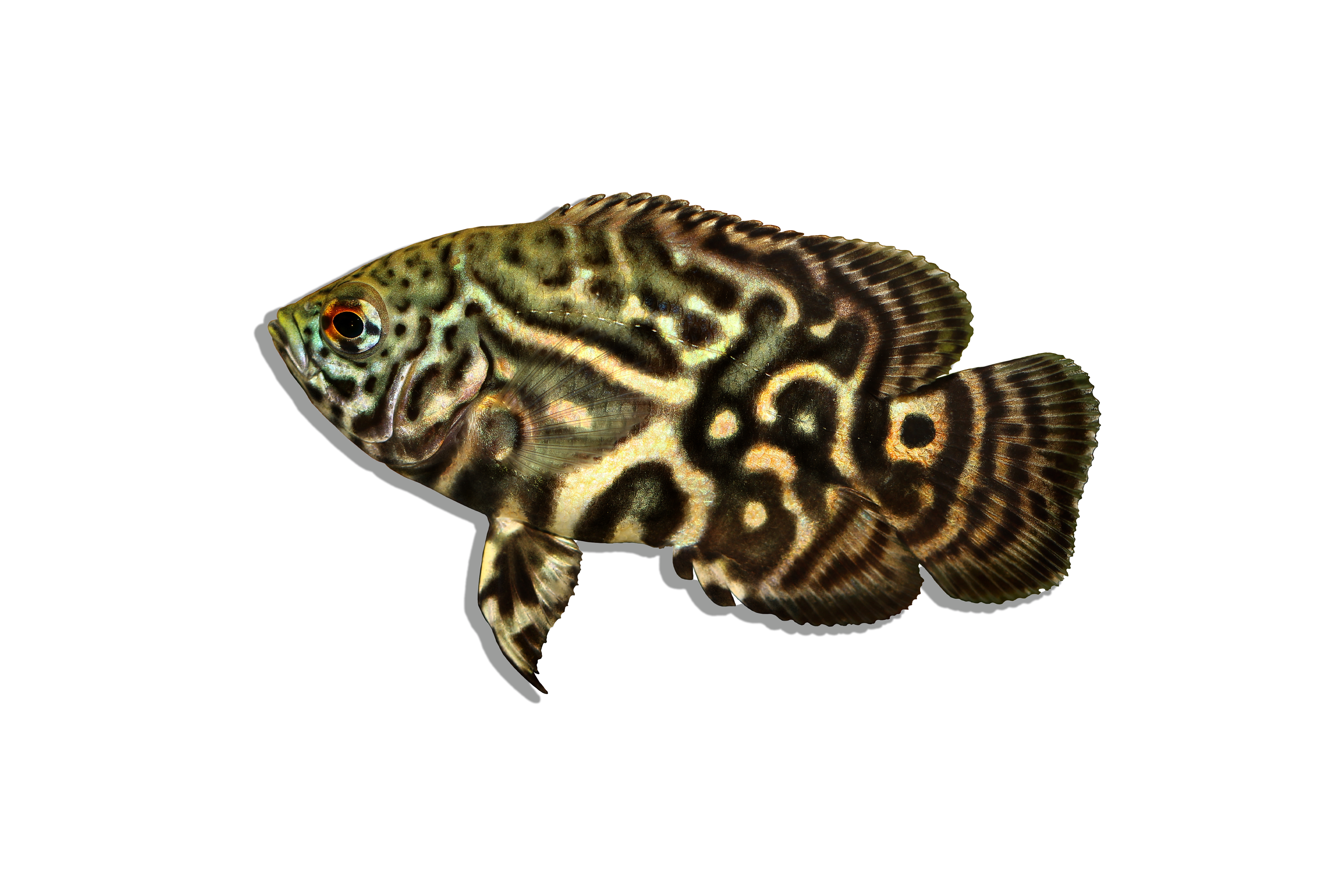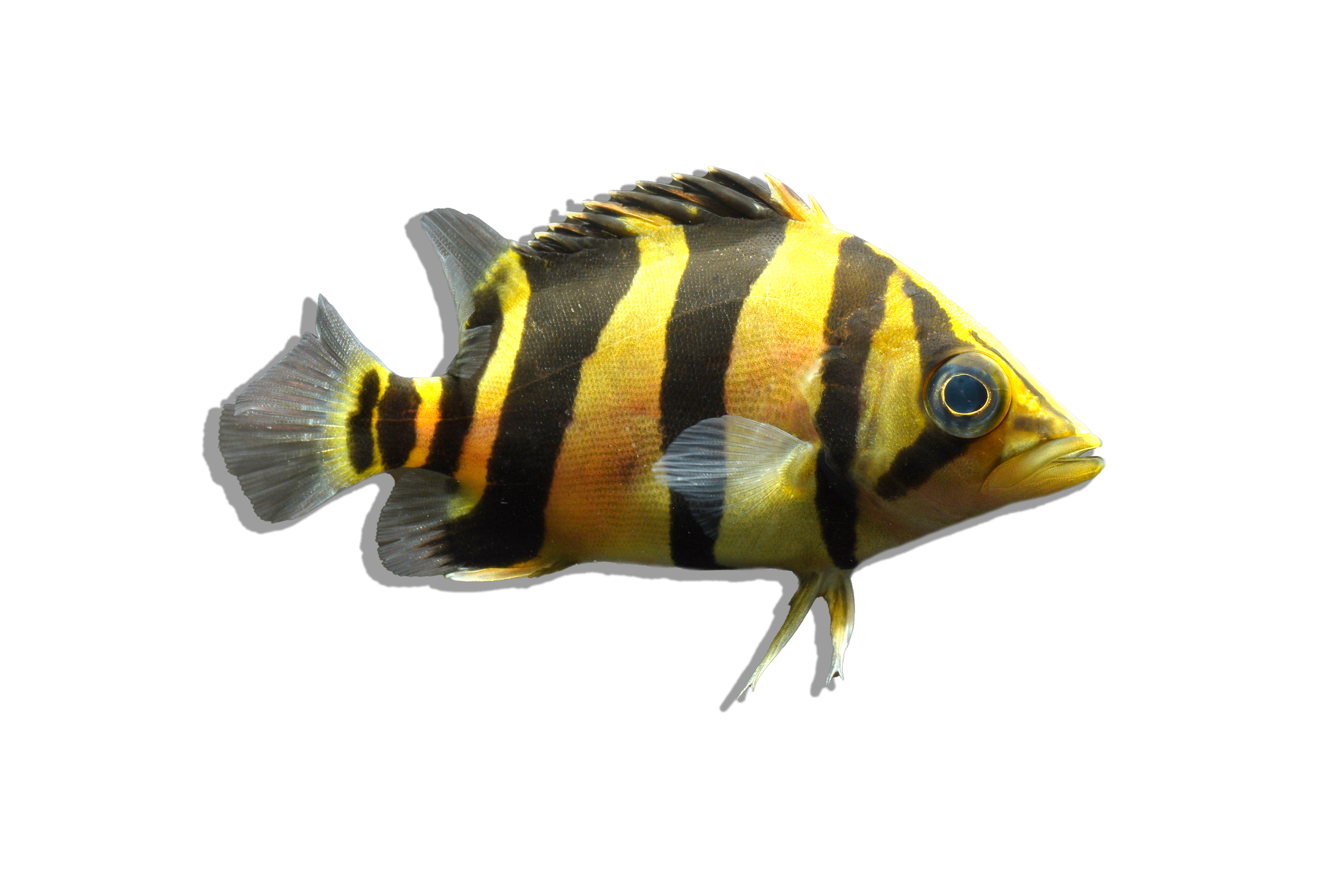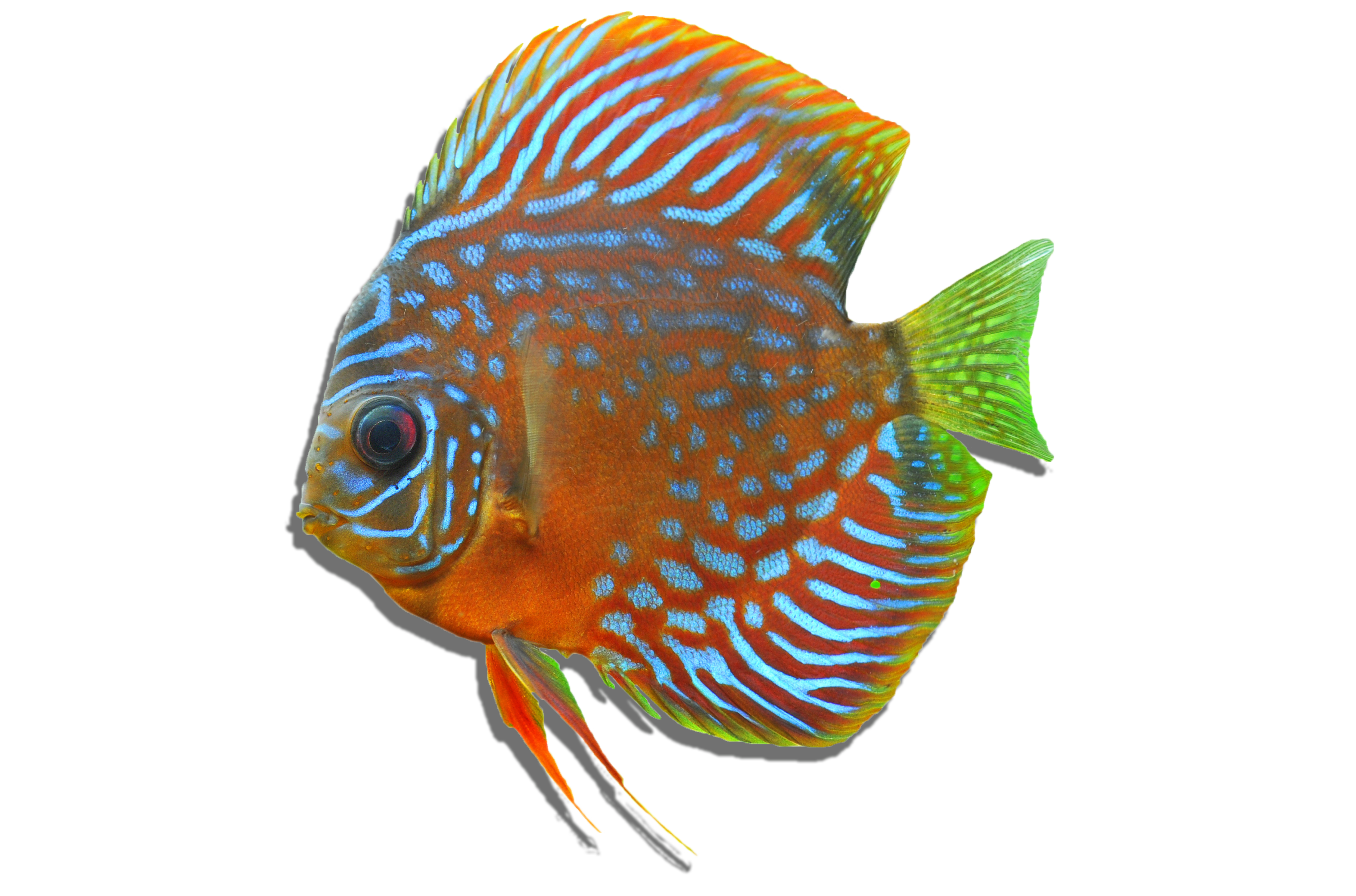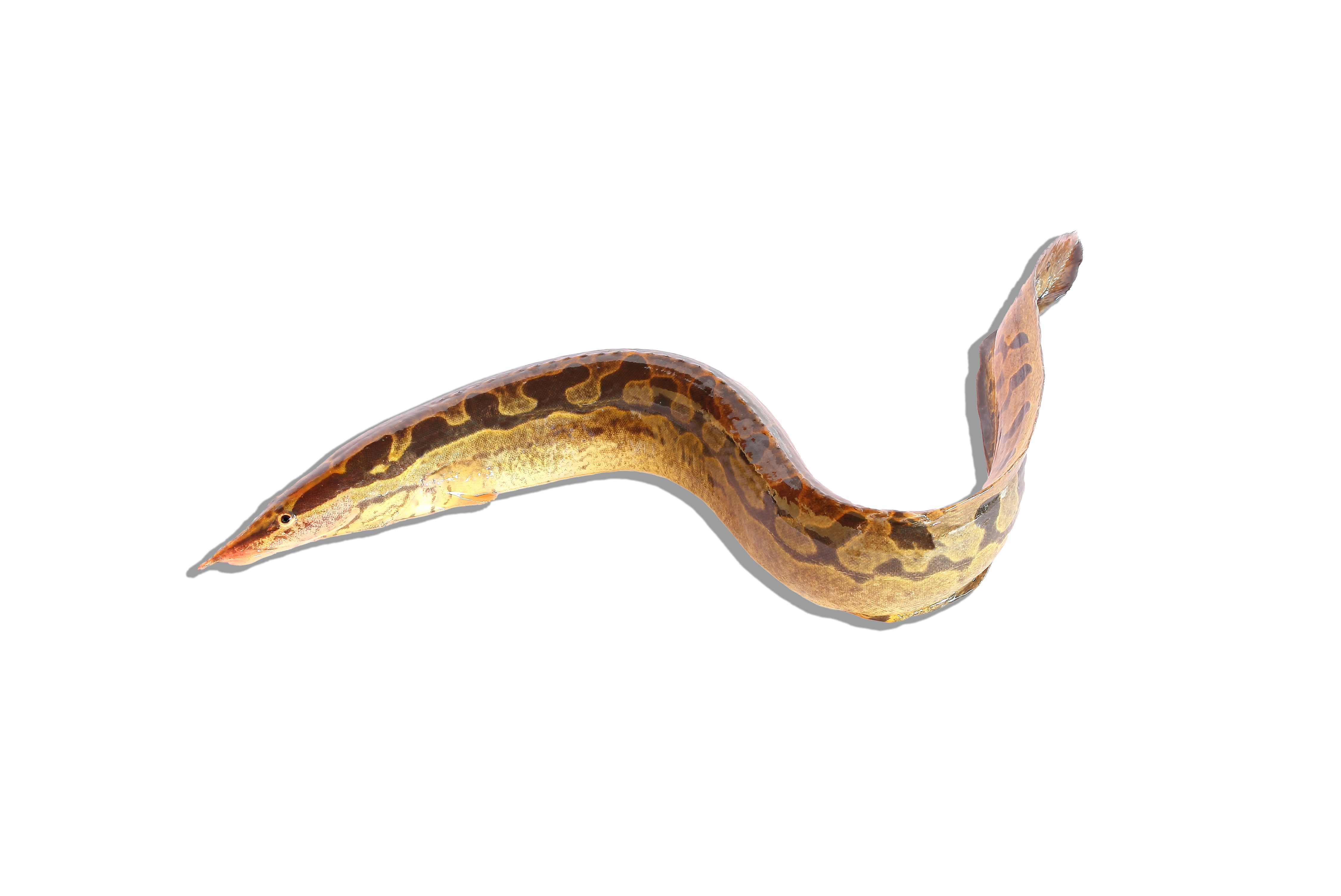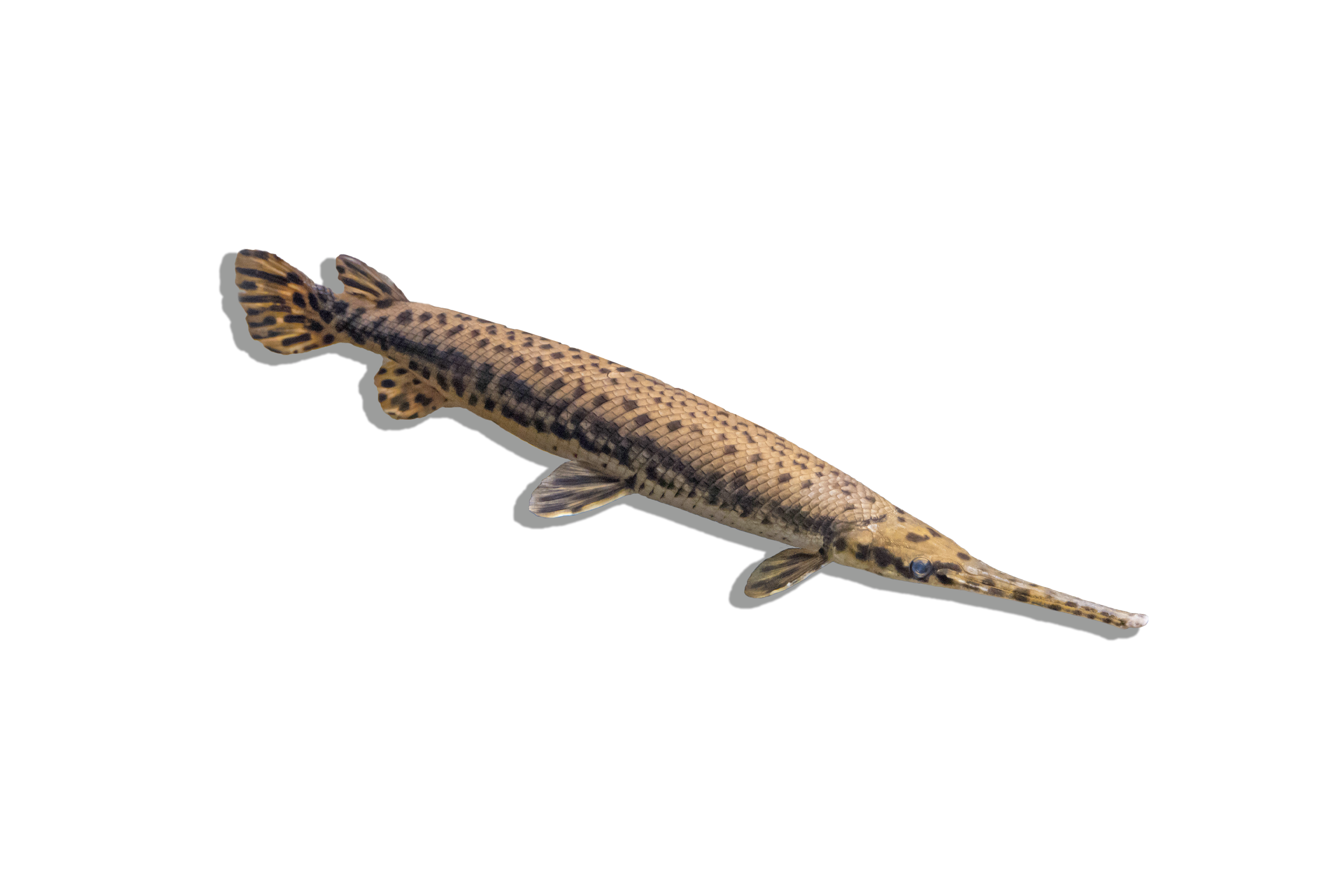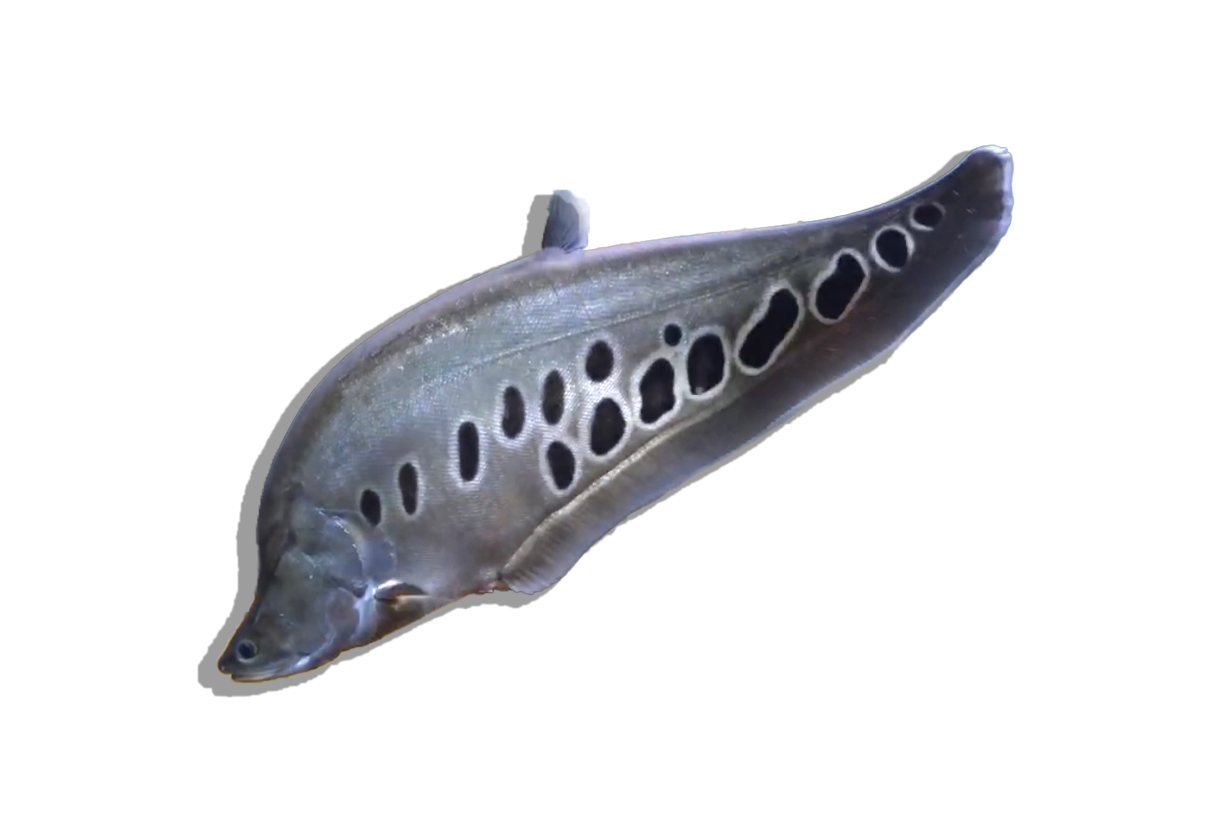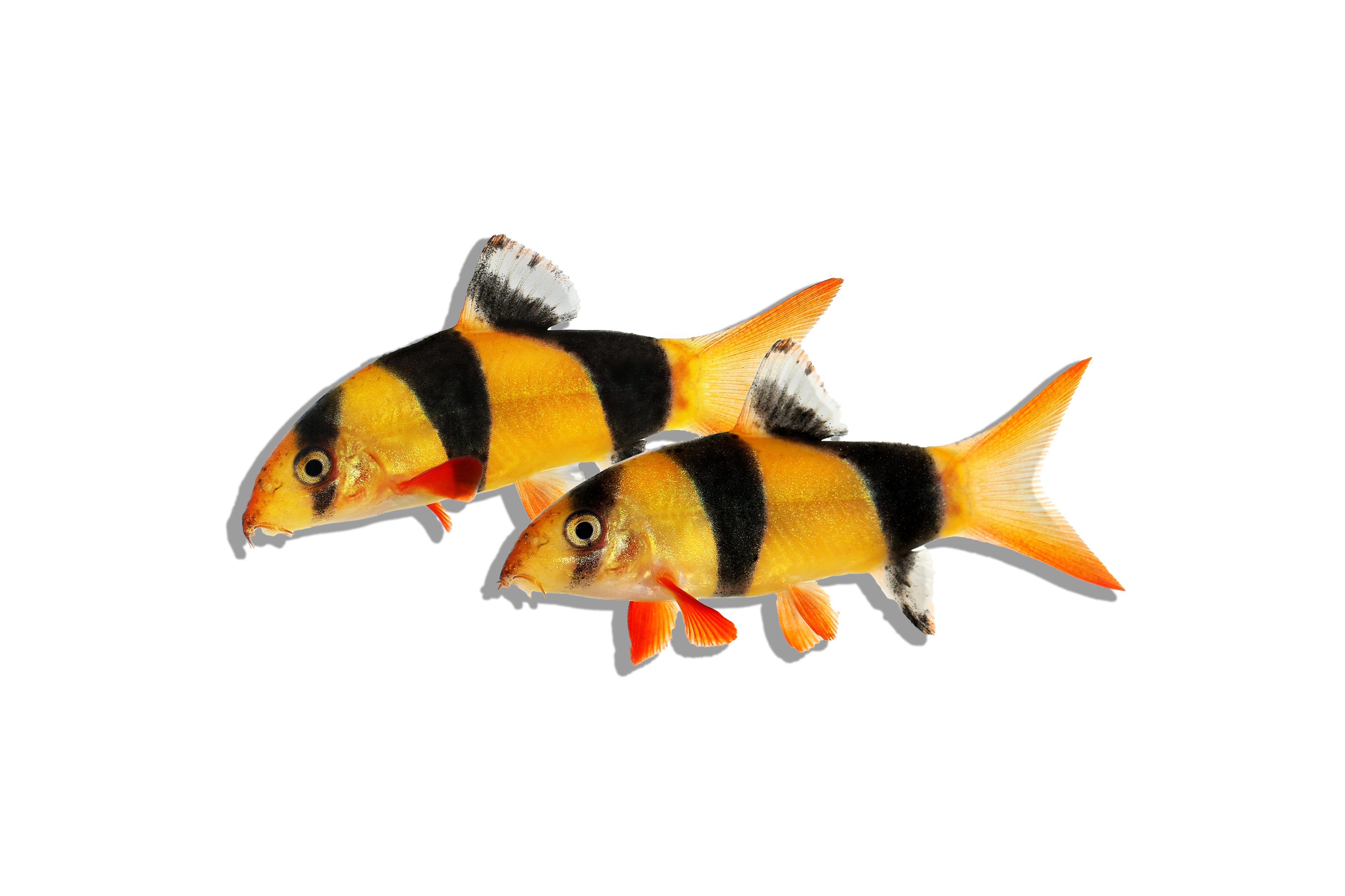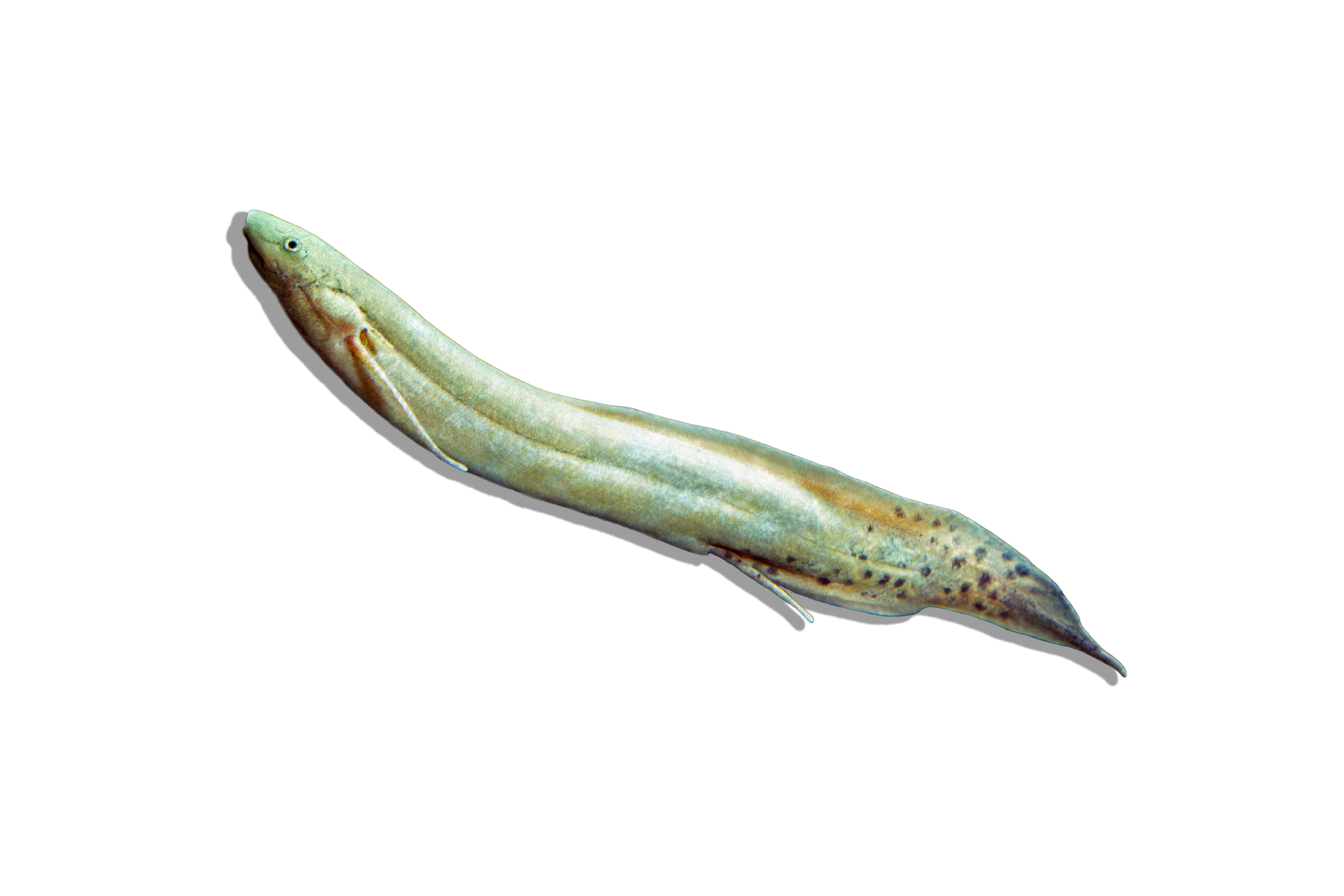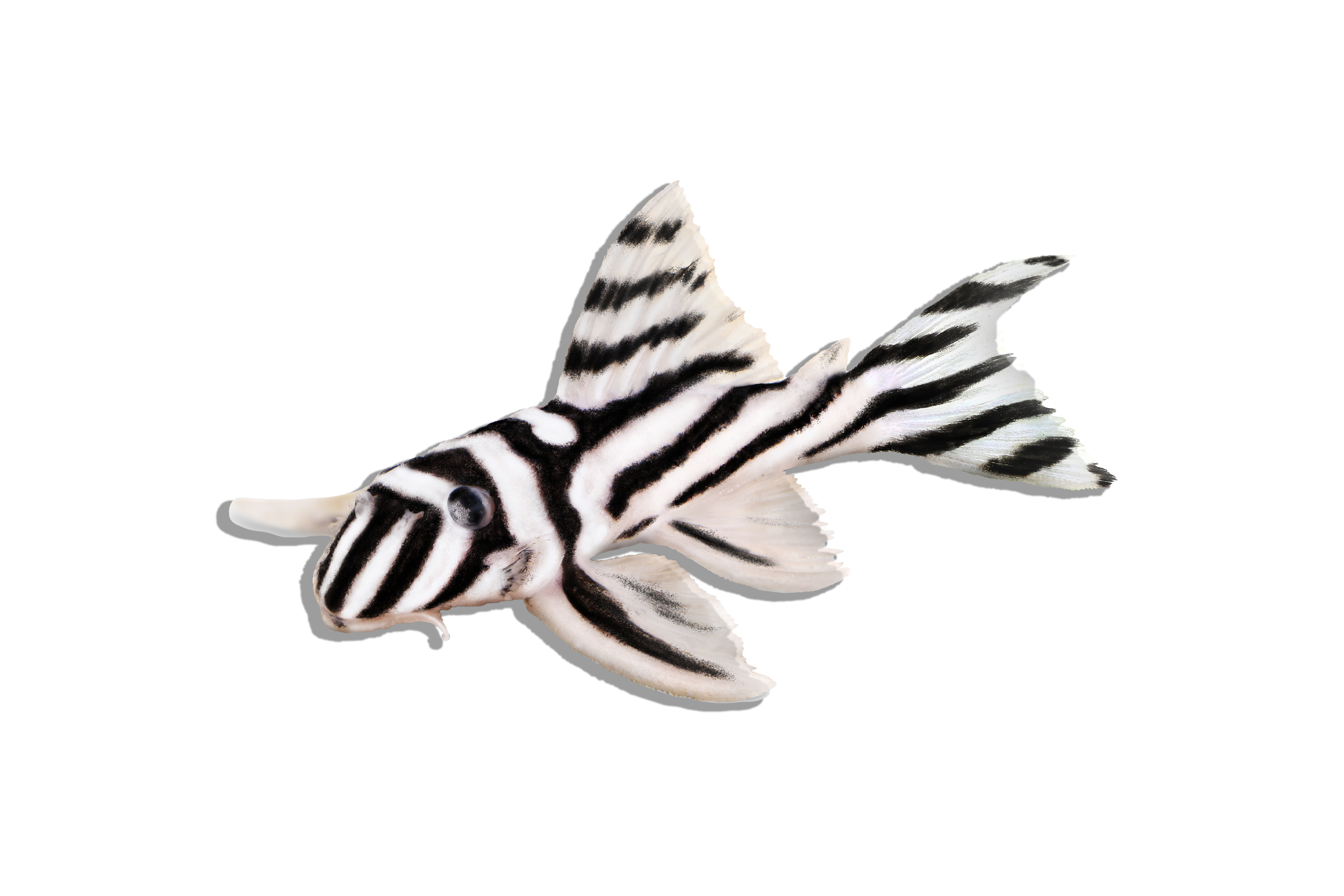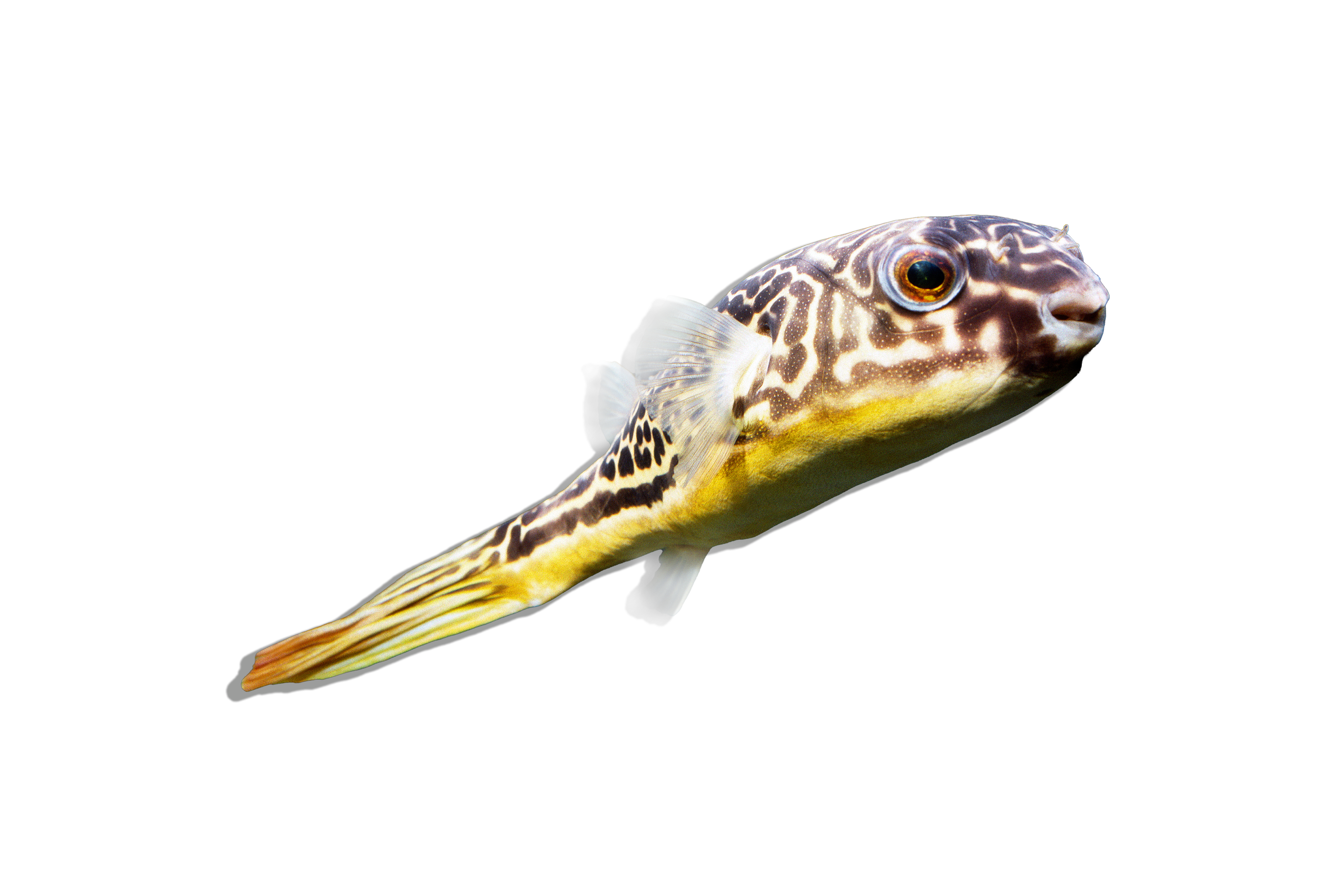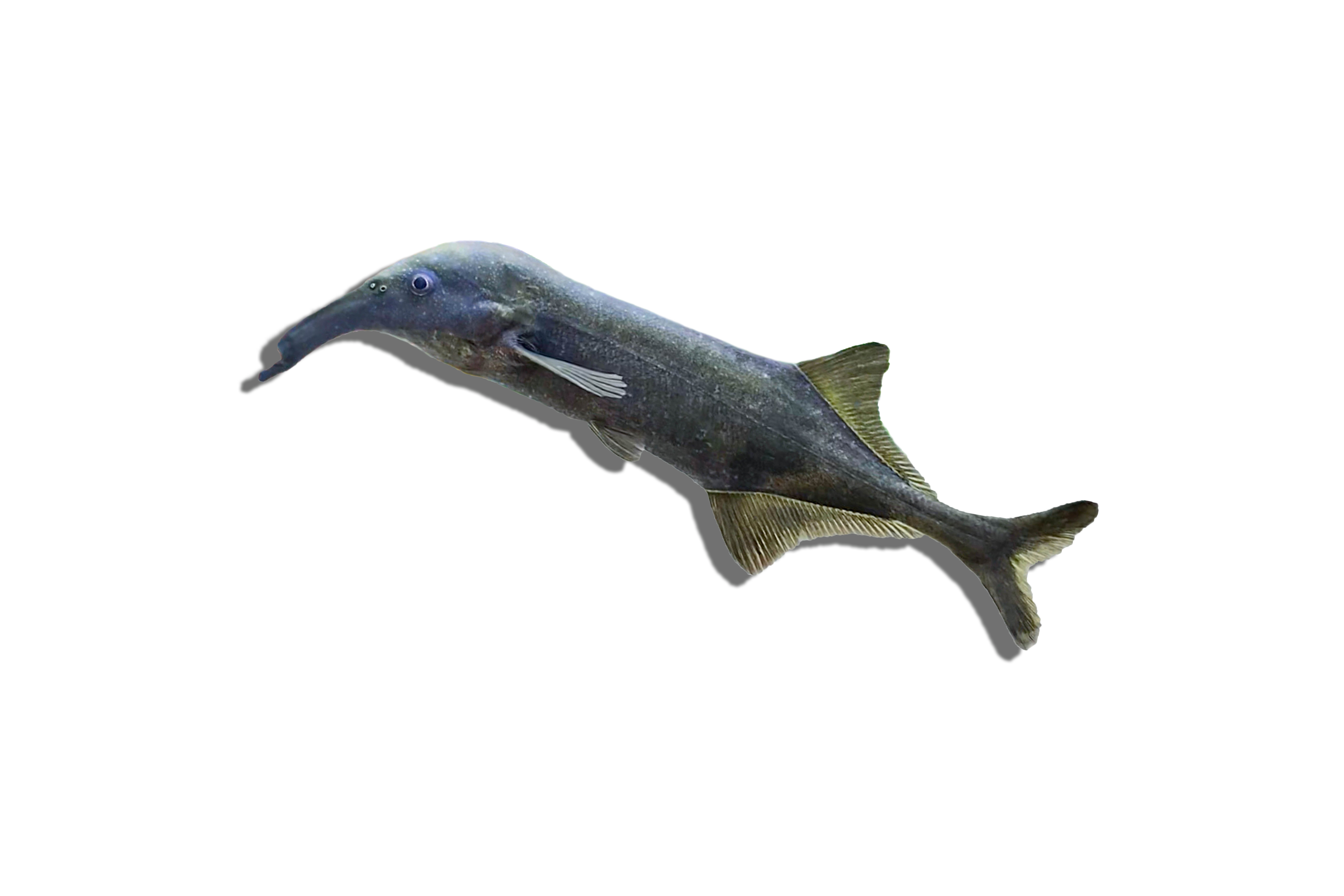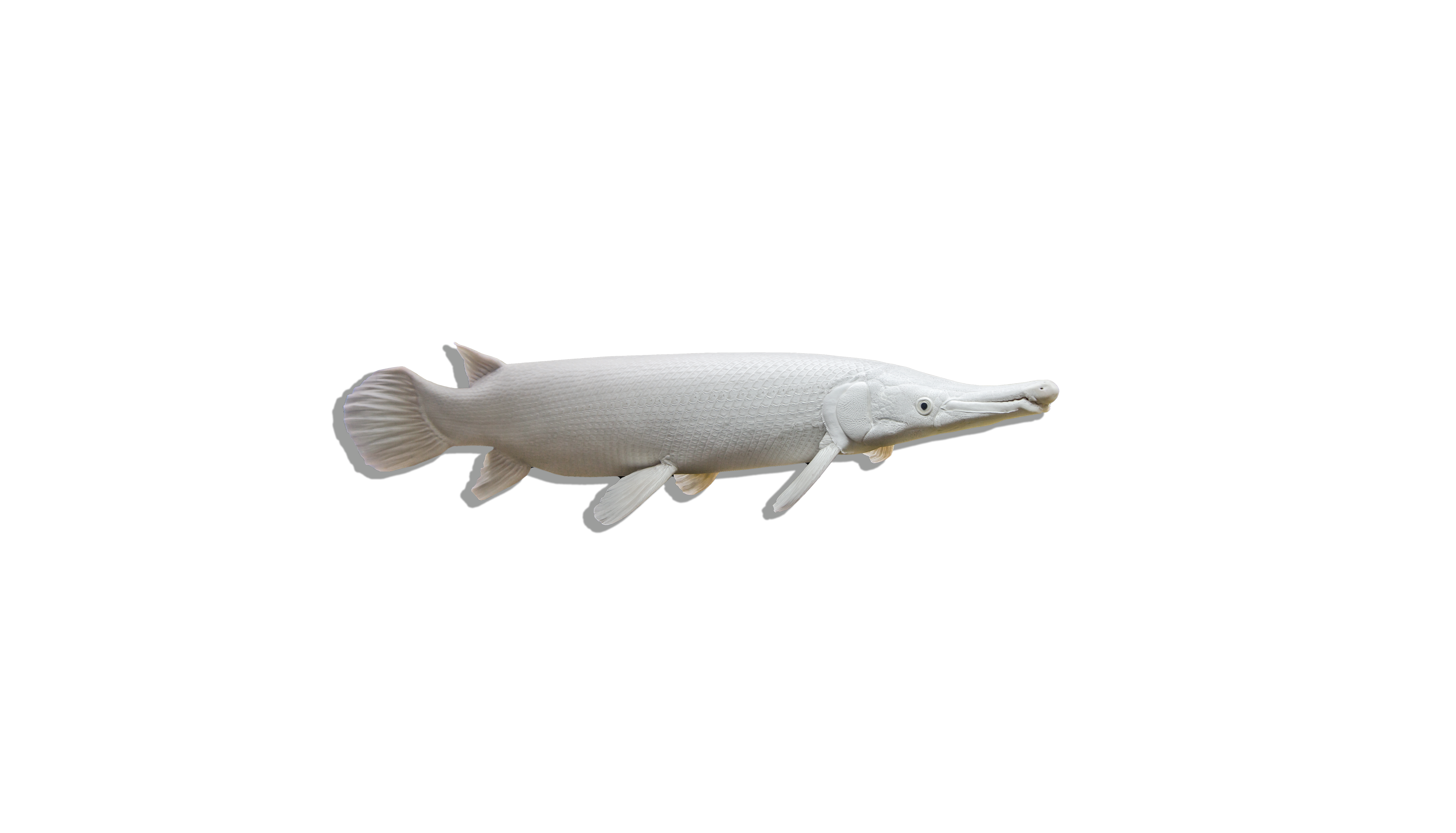Description
Common Name: Gulper Catfish
Scientific Name: Asterophysus batrachus
Other Names: Ogre Catfish, Giant Gulper Catfish, Frogmouth Catfish
The Gulper Catfish is a unique and fascinating freshwater fish known for its massive mouth, which it uses to engulf prey nearly as large as itself. This species is a favorite among aquarists who enjoy observing its predatory behavior and unusual appearance.
Habitat and Distribution:
The Gulper Catfish is native to the slow-moving rivers and floodplains of South America, primarily within the Rio Orinoco and Rio Negro basins. They inhabit calm, murky waters with plenty of submerged vegetation and roots that provide excellent hiding spots for this ambush predator.
Size and Lifespan:
In captivity, Gulper Catfish typically grow to around 10-12 inches (25-30 cm) in length, but they can reach up to 14 inches (35 cm) in the wild. With proper care, their lifespan can range from 10 to 15 years, depending on the quality of care and diet provided.
Diet and Behavior:
Gulper Catfish are obligate carnivores, primarily feeding on live fish and other meaty foods in their natural habitat. In an aquarium, they can be fed whole frozen fish, shrimp, earthworms, and high-quality carnivorous pellets. They are opportunistic feeders with an enormous appetite and have the ability to consume prey nearly the same size as themselves.
Behaviorally, Gulper Catfish are solitary, preferring to spend much of their time hiding or waiting to ambush prey. They are nocturnal and typically more active at night. Despite their predatory nature, they are relatively peaceful toward tank mates that are too large to eat.
Breeding and Reproduction:
Breeding Gulper Catfish in captivity is extremely rare and not well-documented. They are presumed to be open spawners in the wild, with eggs laid in secluded, calm areas. Replicating their natural breeding conditions would require very large tanks and carefully controlled environmental conditions, such as seasonal water parameter changes.
Aquarium Care and Tank Requirements:
Given their size and dietary habits, Gulper Catfish require a large aquarium with a minimum of 100 gallons for a single adult. The tank should have a soft, sandy substrate and plenty of hiding spots made from driftwood, caves, or PVC pipes to mimic their natural environment. Strong filtration is necessary to handle their heavy bioload, and regular water changes are crucial to maintaining water quality.
The water should be kept between 75-82°F (24-28°C), with a pH of 6.0-7.5 and soft to moderately hard water. Dim lighting or shaded areas in the tank can help reduce stress, as these fish prefer low-light conditions.
Ideal Tank Mates:
Tank mates for Gulper Catfish must be chosen carefully due to their predatory nature. Suitable tank mates include large, robust fish such as large cichlids, arowanas, or similarly sized catfish. Avoid housing them with smaller fish, as they will likely be eaten. Also, overly aggressive species should be avoided, as they can stress the Gulper Catfish.
Difficulty Level:
Advanced. Gulper Catfish require specific care due to their predatory nature, dietary needs, and sensitivity to water conditions. They are best suited for experienced aquarists who can provide a spacious and well-maintained tank.
Water Parameters:
• Temperature: 75-82°F (24-28°C)
• pH: 6.0-7.5
• General Hardness (GH): 4-12 dGH
• Carbonate Hardness (KH): 2-8 dKH
• Ammonia: 0 ppm
• Nitrite: 0 ppm
• Nitrate: <20 ppm
Additional Information:
• The Gulper Catfish’s ability to swallow prey almost as large as itself makes it a fascinating species to observe, though this behavior requires careful consideration when selecting tank mates.
• Fun fact: This species can expand its stomach dramatically to accommodate large meals, earning it its “gulper” nickname.
• Despite their size and appetite, Gulper Catfish are relatively shy and prefer calm, stable environments.
• They require a well-secured tank lid, as they may attempt to jump when startled.

